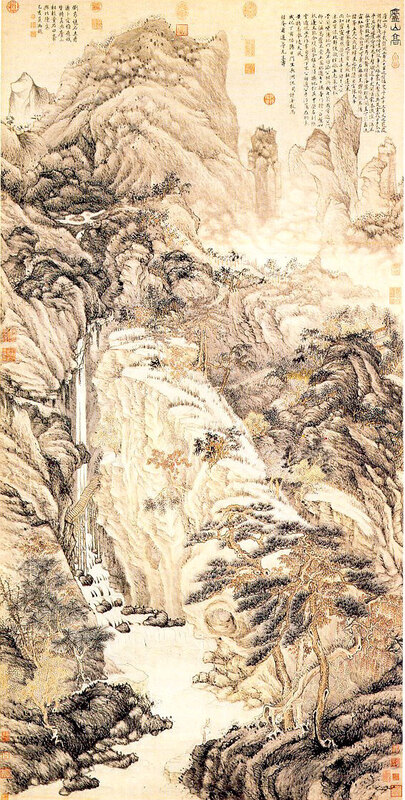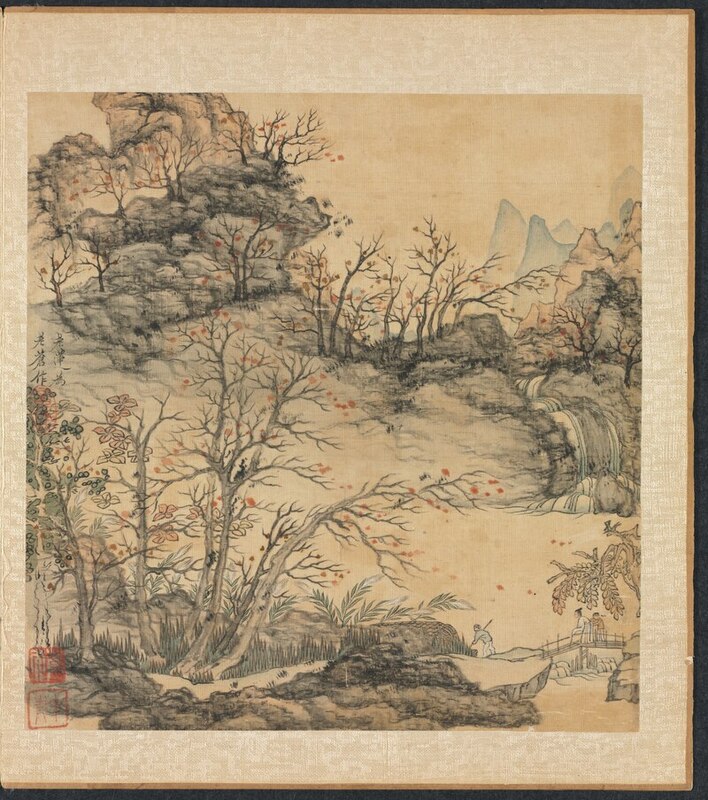A Glimpse Into Chinese Landscape Paintings
What do you see when you think of a painting? Not of any artist, but the instinctual image that is conjured when you hear the word ‘painting’. Then, take it a step further and think about an emotive painting. Maybe it’s a portrait, and maybe we can thank the centuries of Western artists who have given as many portraits as there are emotions. But emotion is not always legible; and a portrait is not the only vessel of expression.
In the breadth of Chinese paintings, emotion is carved into landscape. Chinese landscape painting is a tradition that spans over a millennium, as early as the Tang dynasty (618-907) to the Qing dynasty (1644-1912). They call it ‘shan shui hua’; ‘mountains and waters painting’. Chen Chih-Mai in his book “Chinese Landscape Painting; The Golden Age” tells us that where Western painters capture the emotion of a person, Chinese landscape painters capture the portraits of the mountains and waters. There is something alive, an essence, a feeling, that the painters are translating from natural landscape to brush stroke.
If our tangible landscape holds a story, do we understand how it’s told? The Chinese landscape painters amidst centuries of tradition understood as much, as did the audience of their paintings.
This exhibit looks at landscape paintings from the Ming dynasty (1368-1644), a time of profound literati artists owing to the native Chinese rule after the fall of the Mongol-led Yuan dynasty. They reached back to the styles of the Tang and Song dynasties, adapting their own in reverence to the old masters. With untrained eyes, the details and nuances in Chinese paintings may often go overlooked. But, do we need to be well-trained to understand that Chinese painters made the mountains speak, and the waters dance?
The following collection features landscape paintings from two of the Four Masters of the Ming dynasty; Wen Zhengming and Qiu Ying. Let the art speak for itself; it is not meant to guide an understanding of the history of Chinese paintings, it is an effort to gain a new perspective of how paintings, across genres, express the feelings we have no language for.


